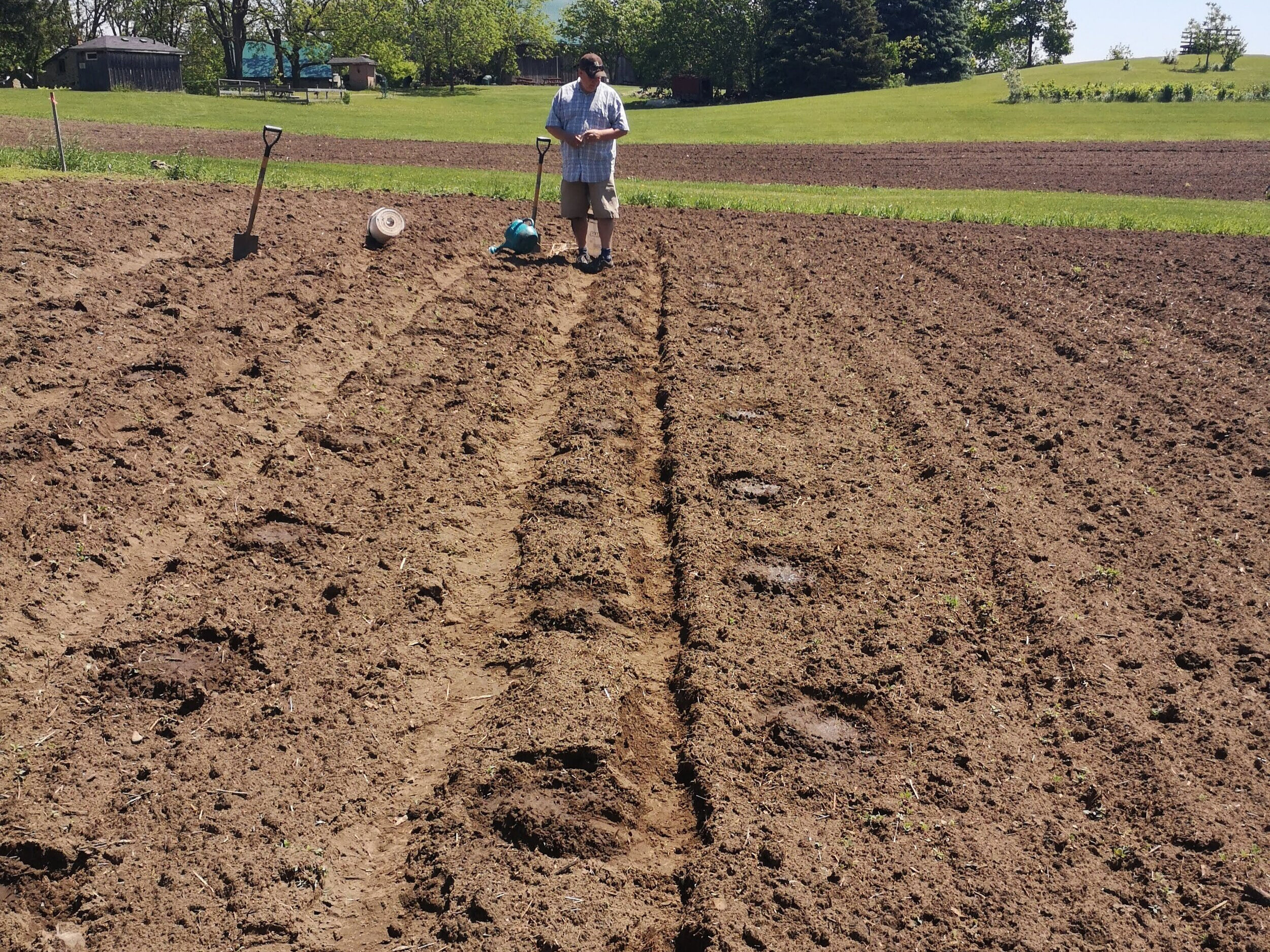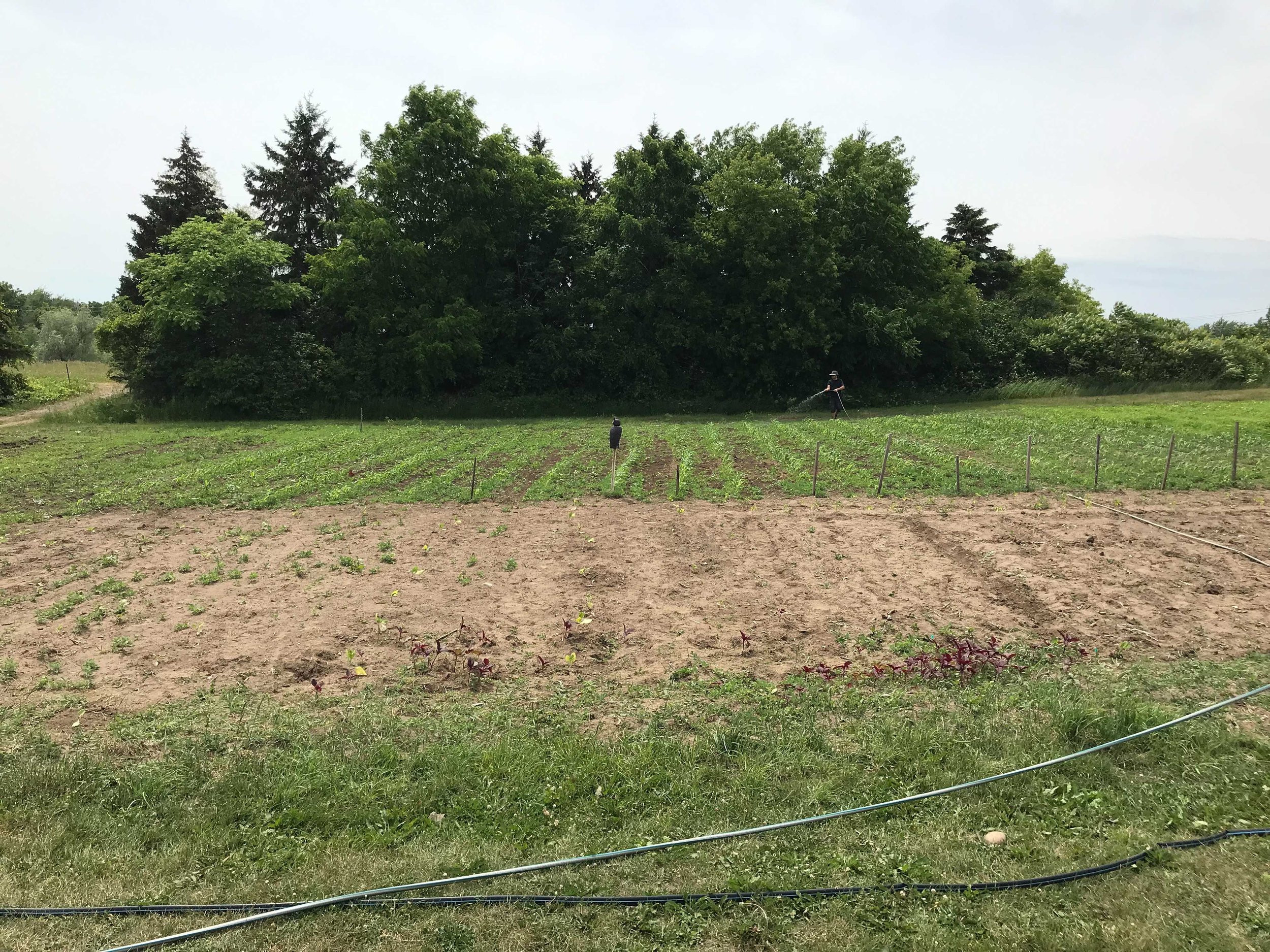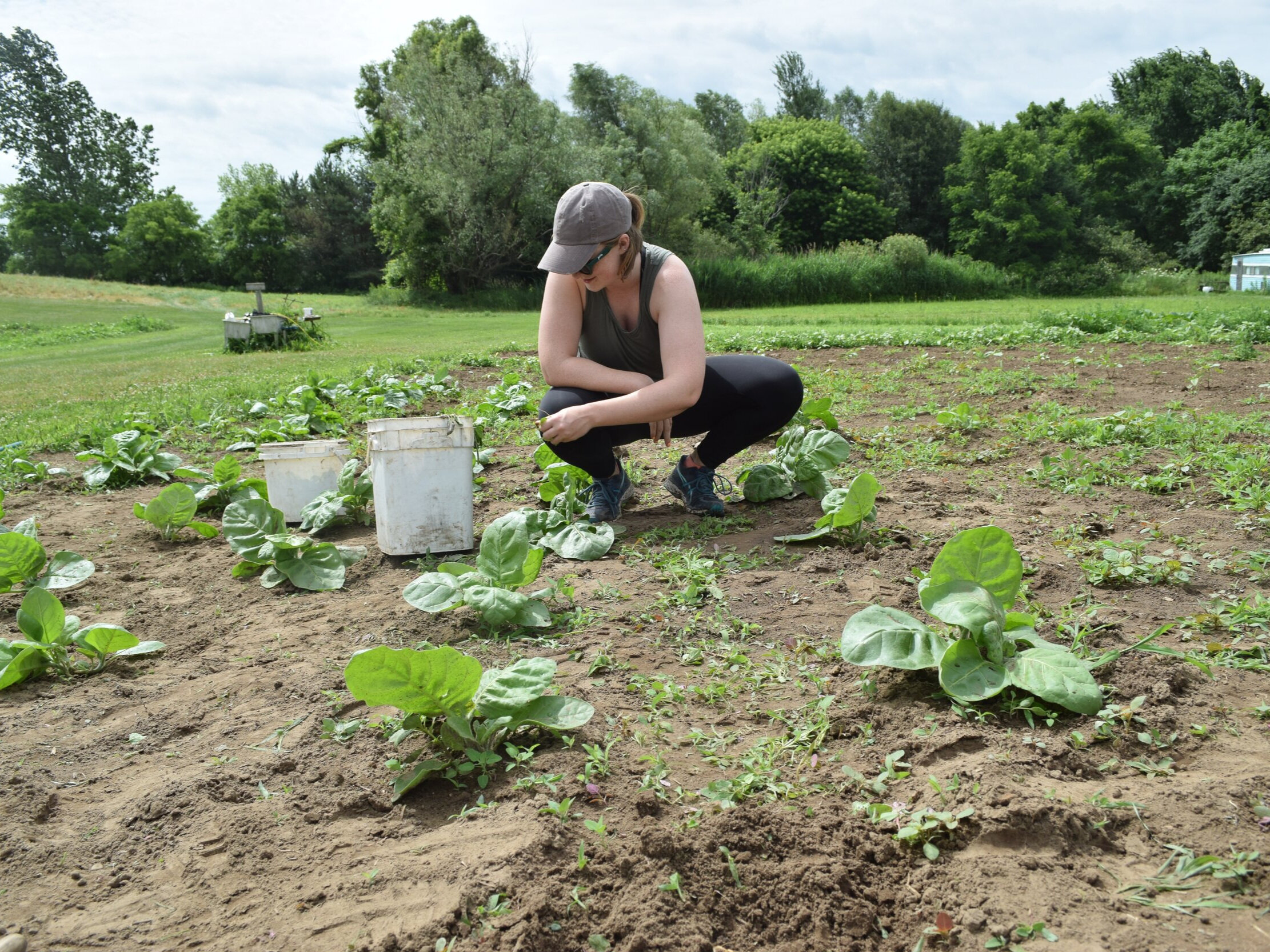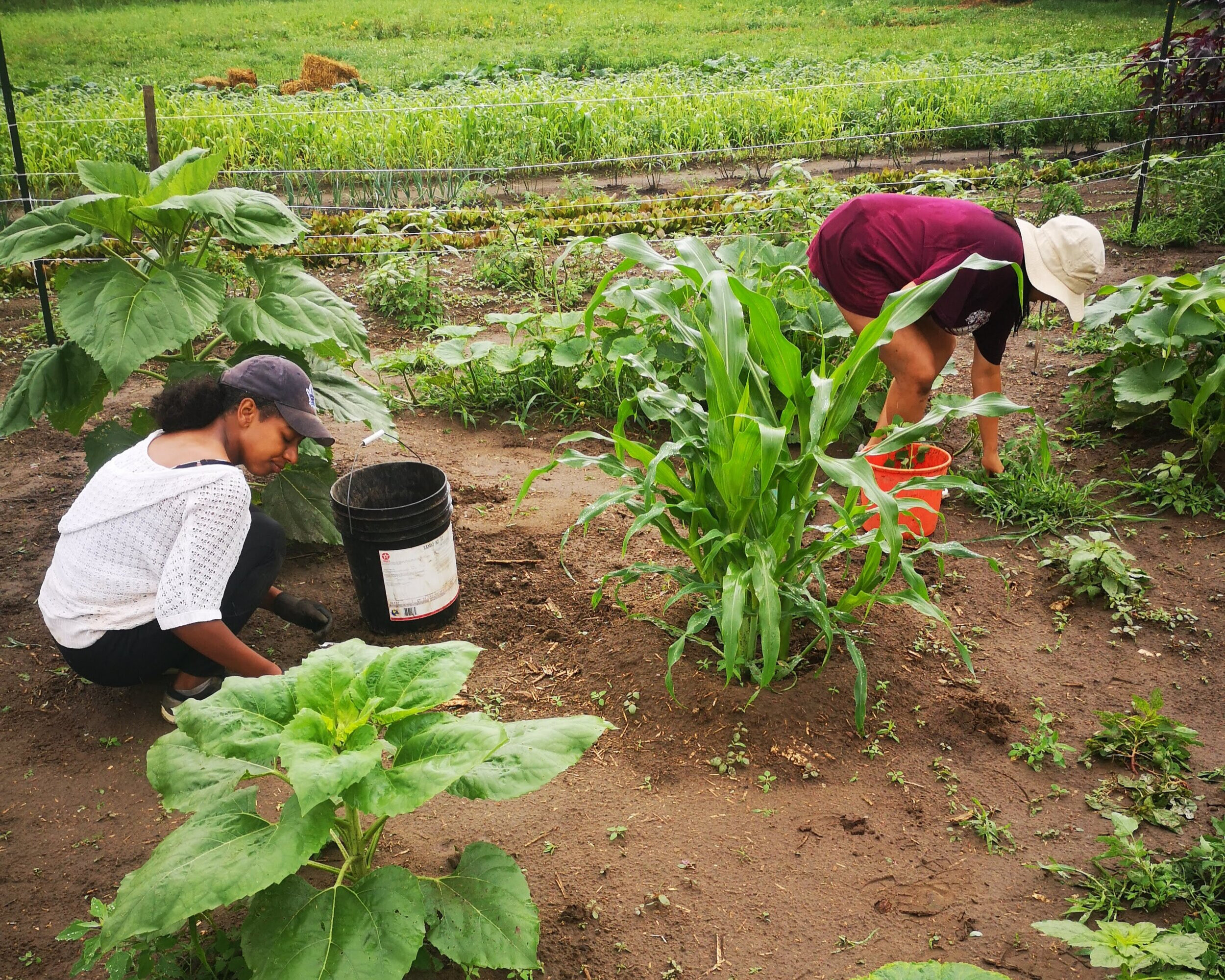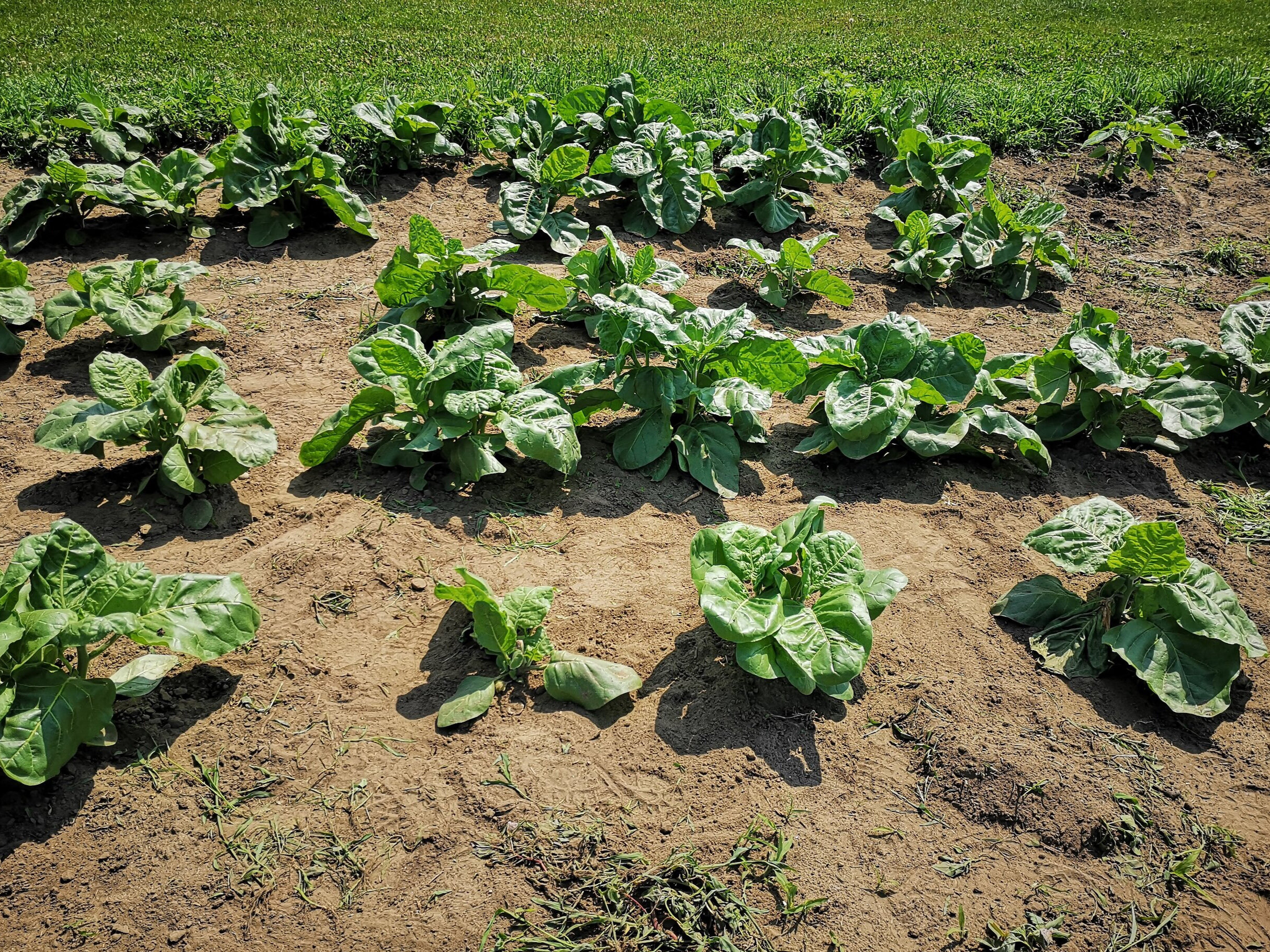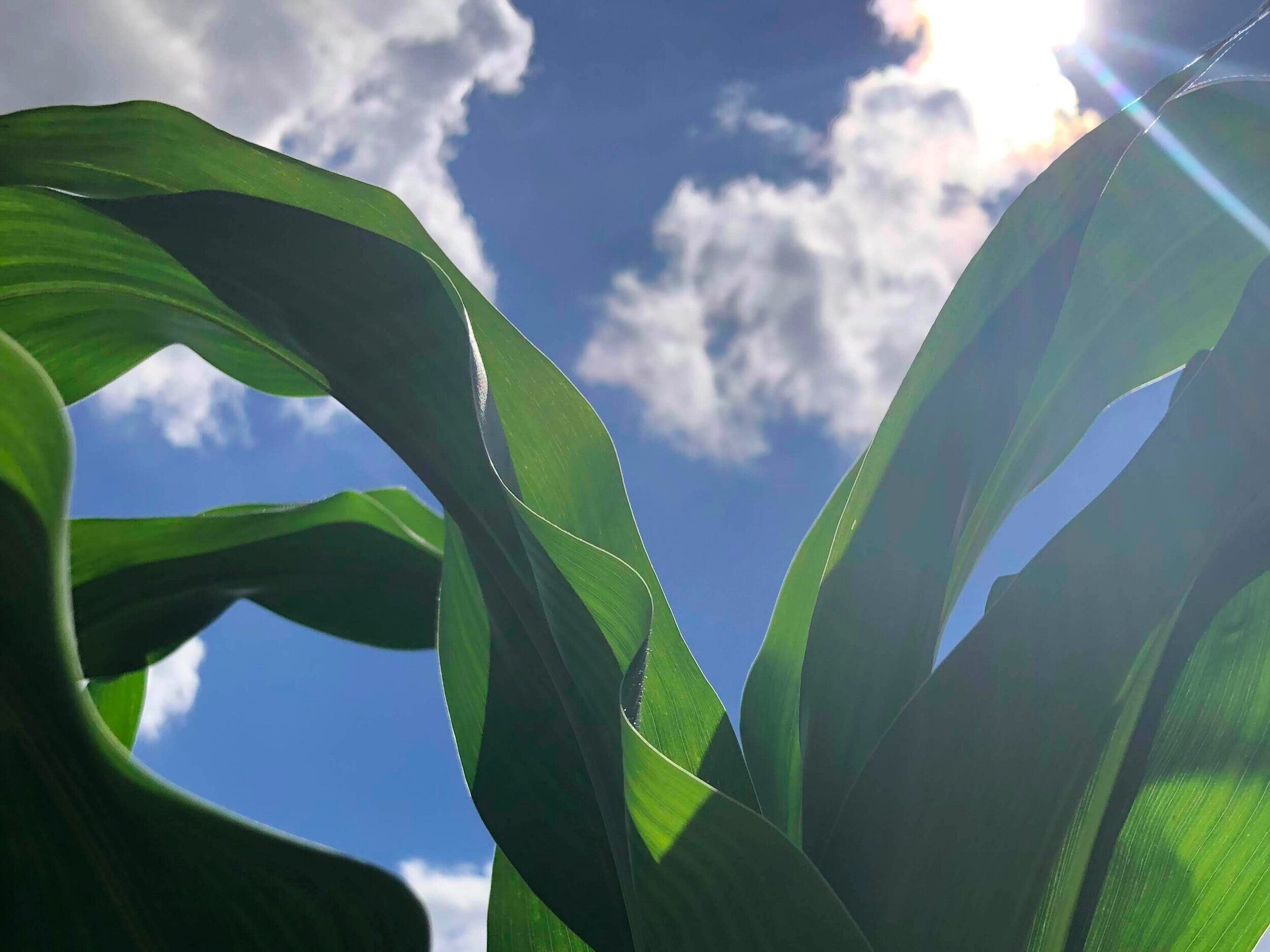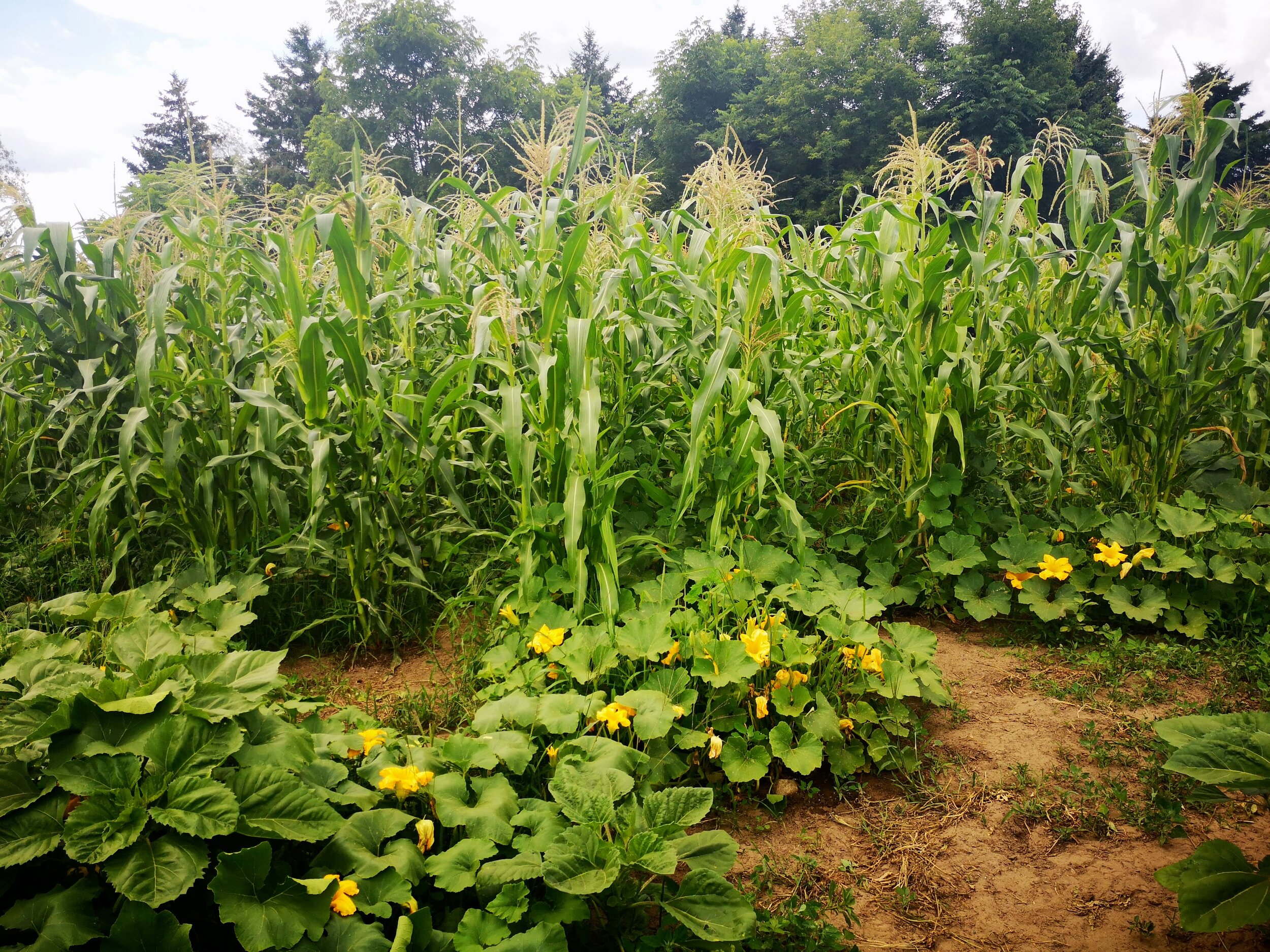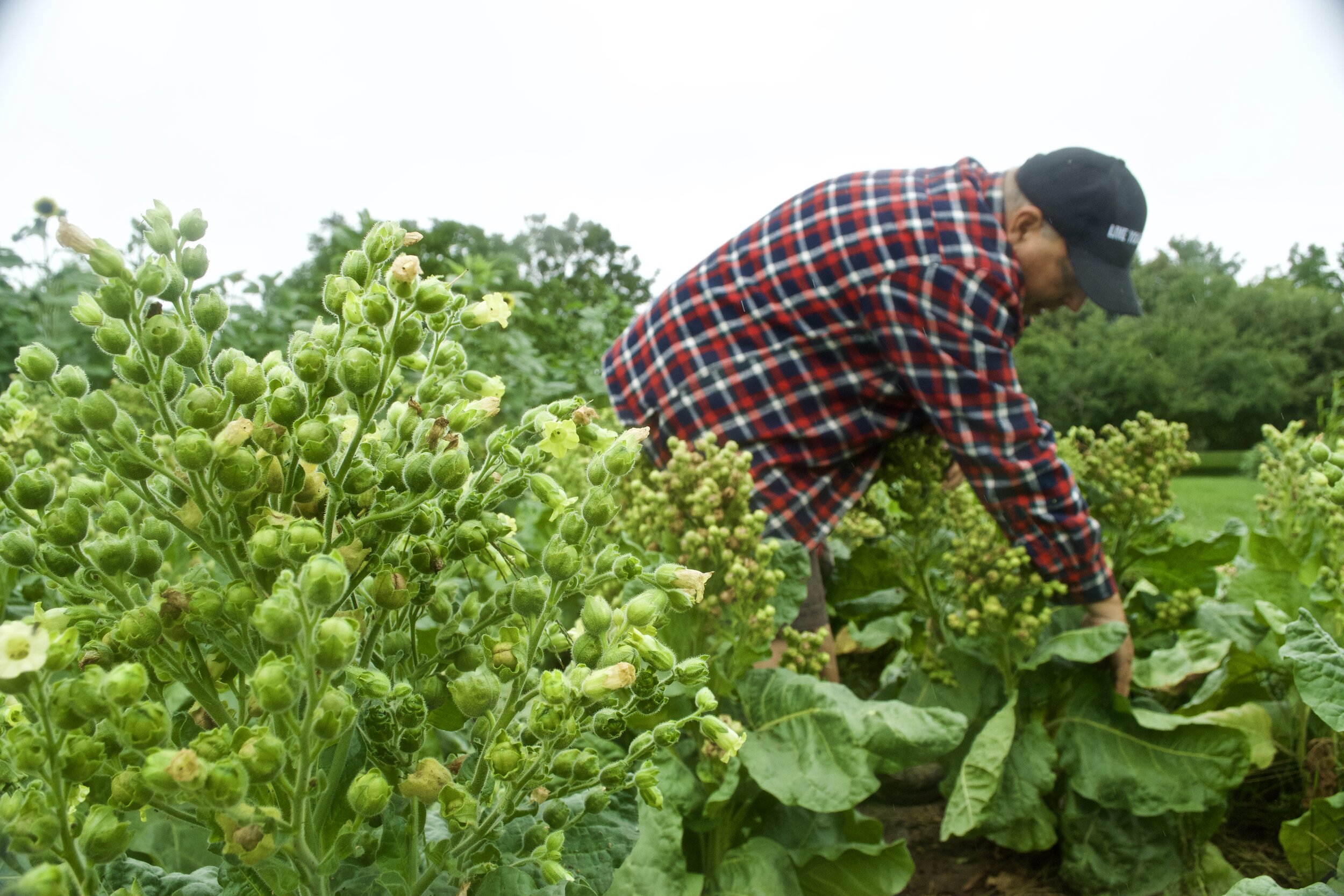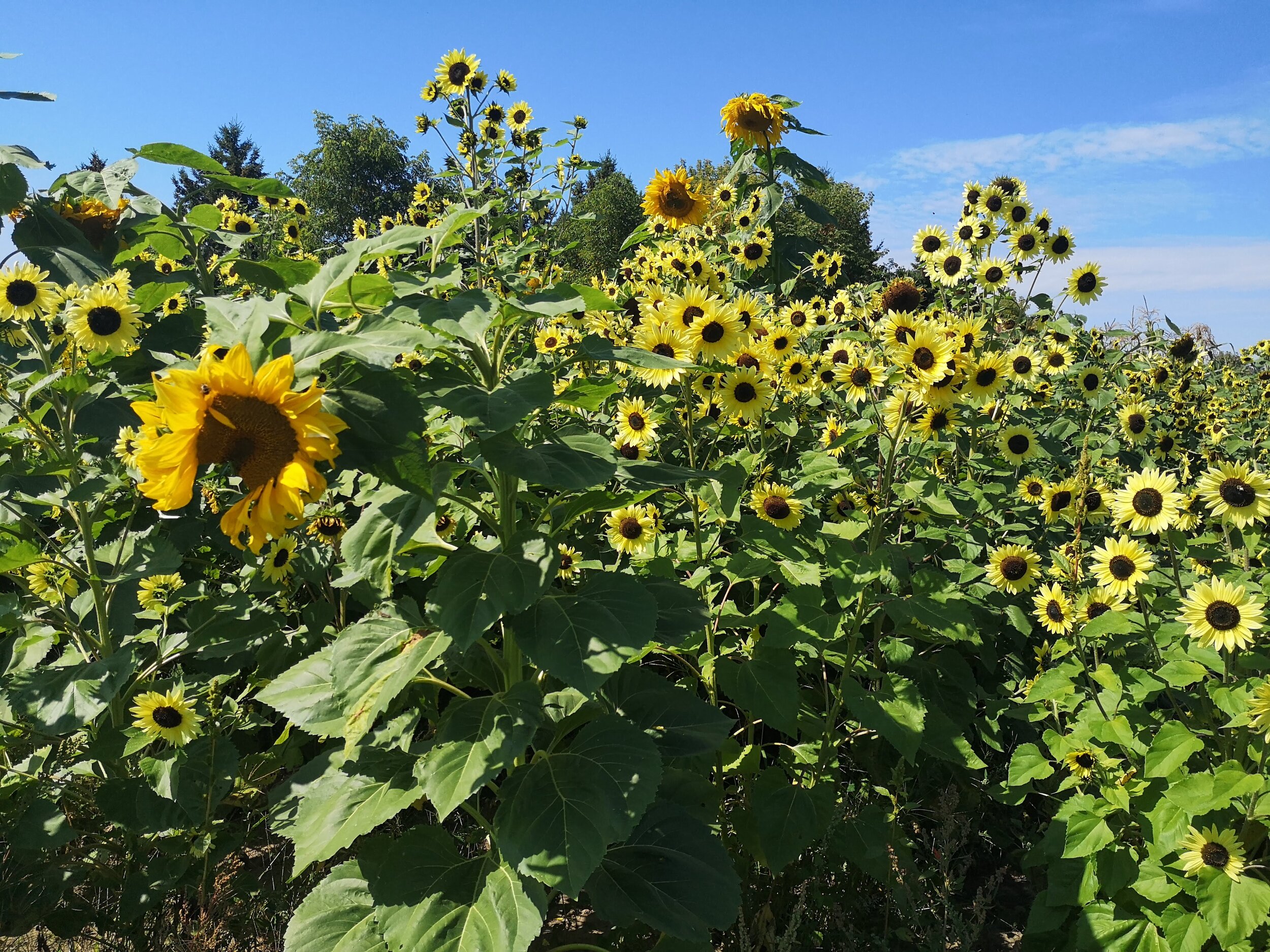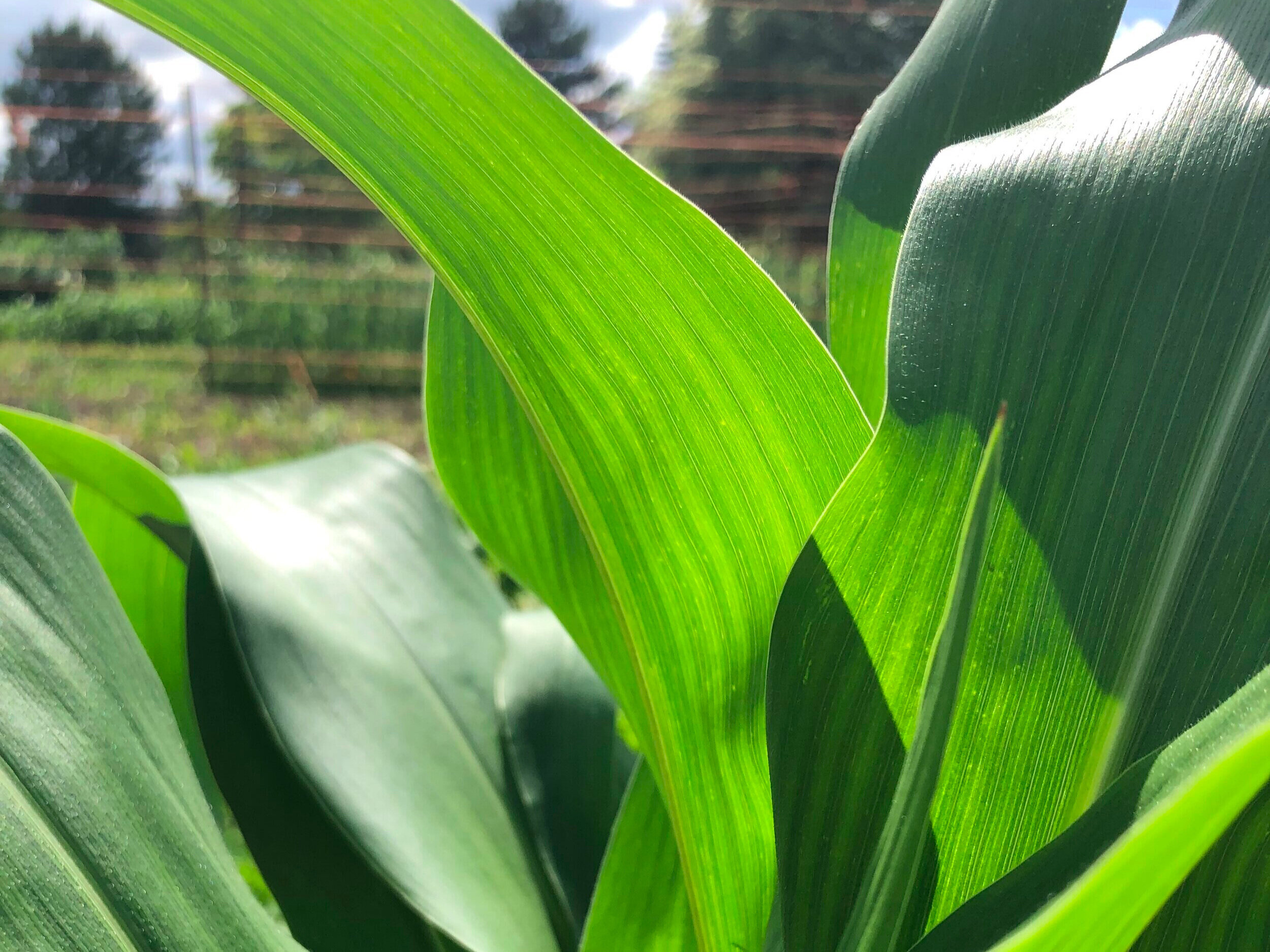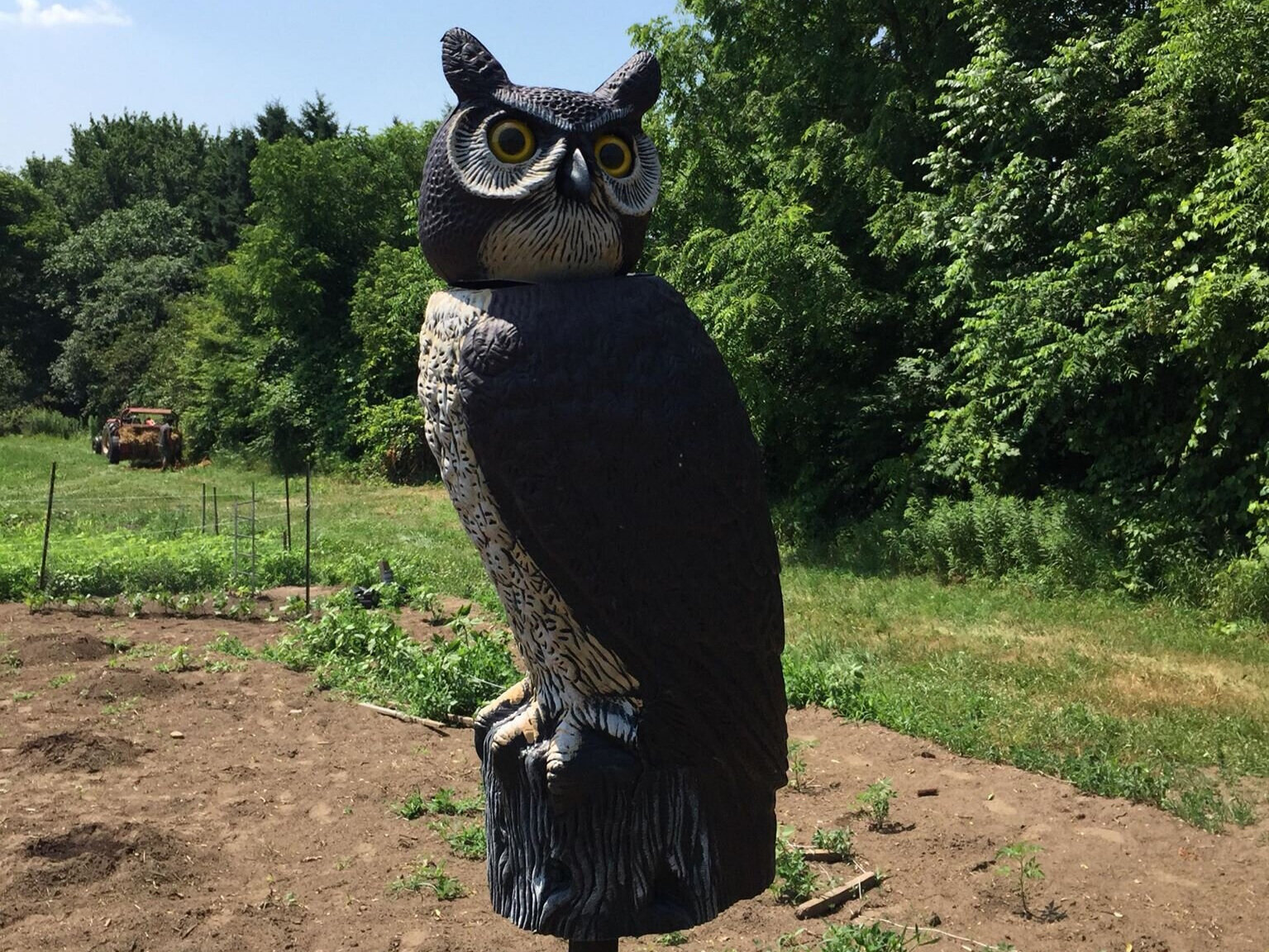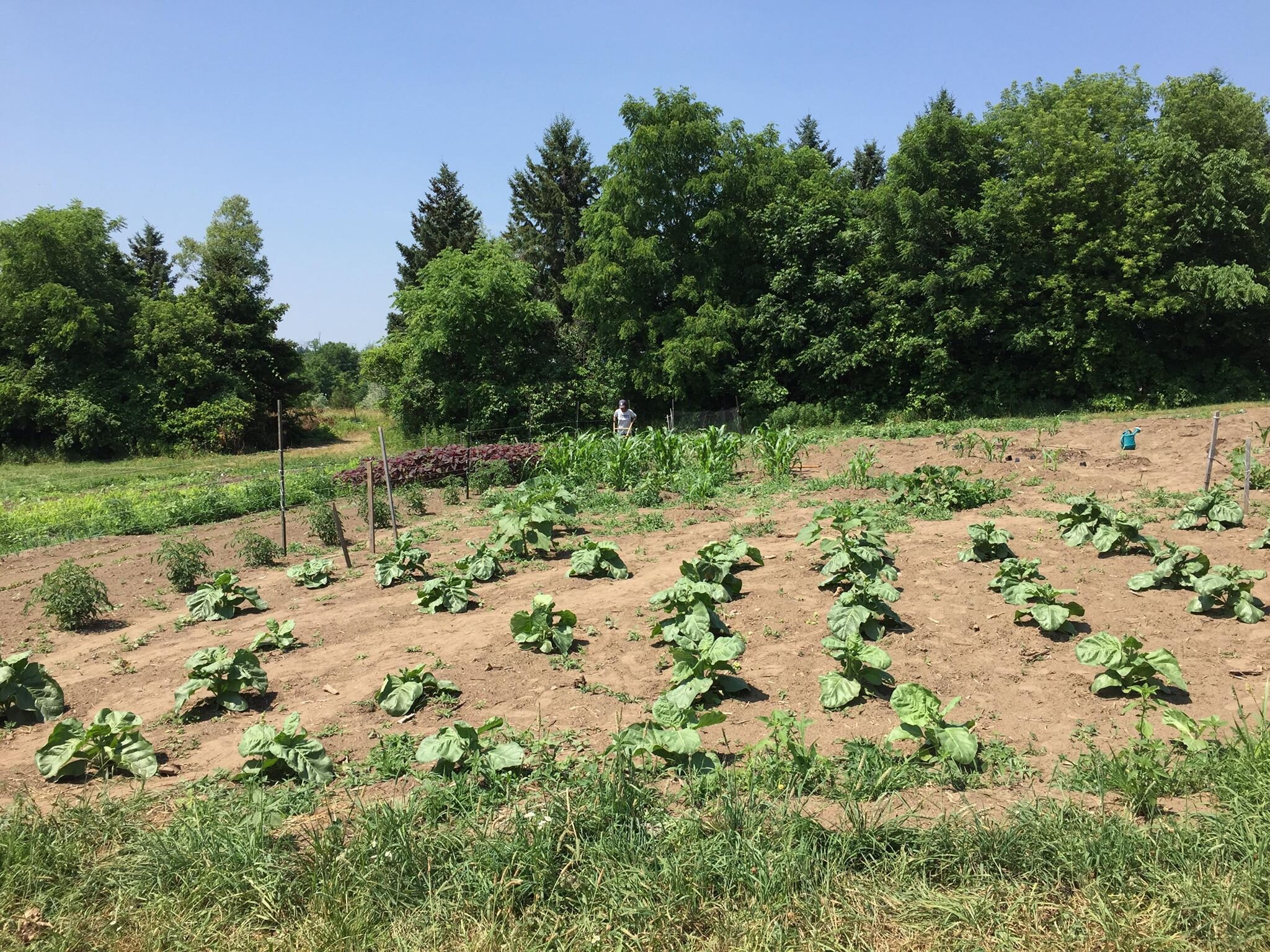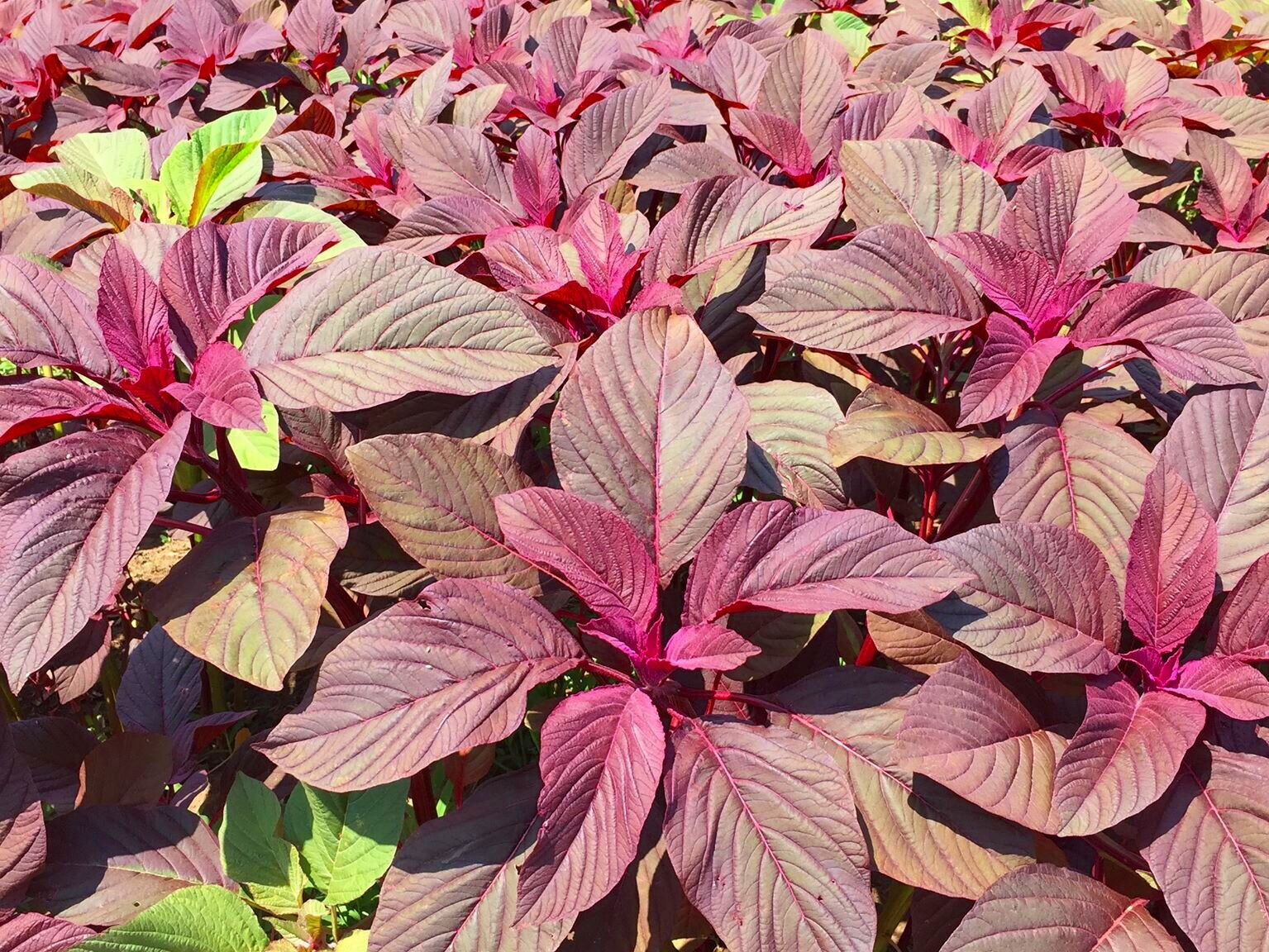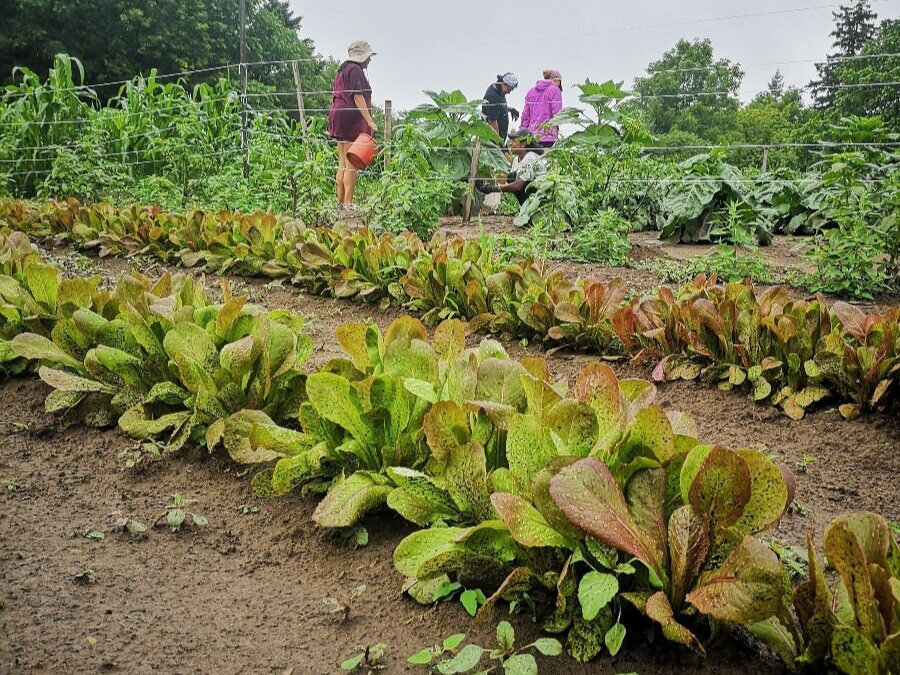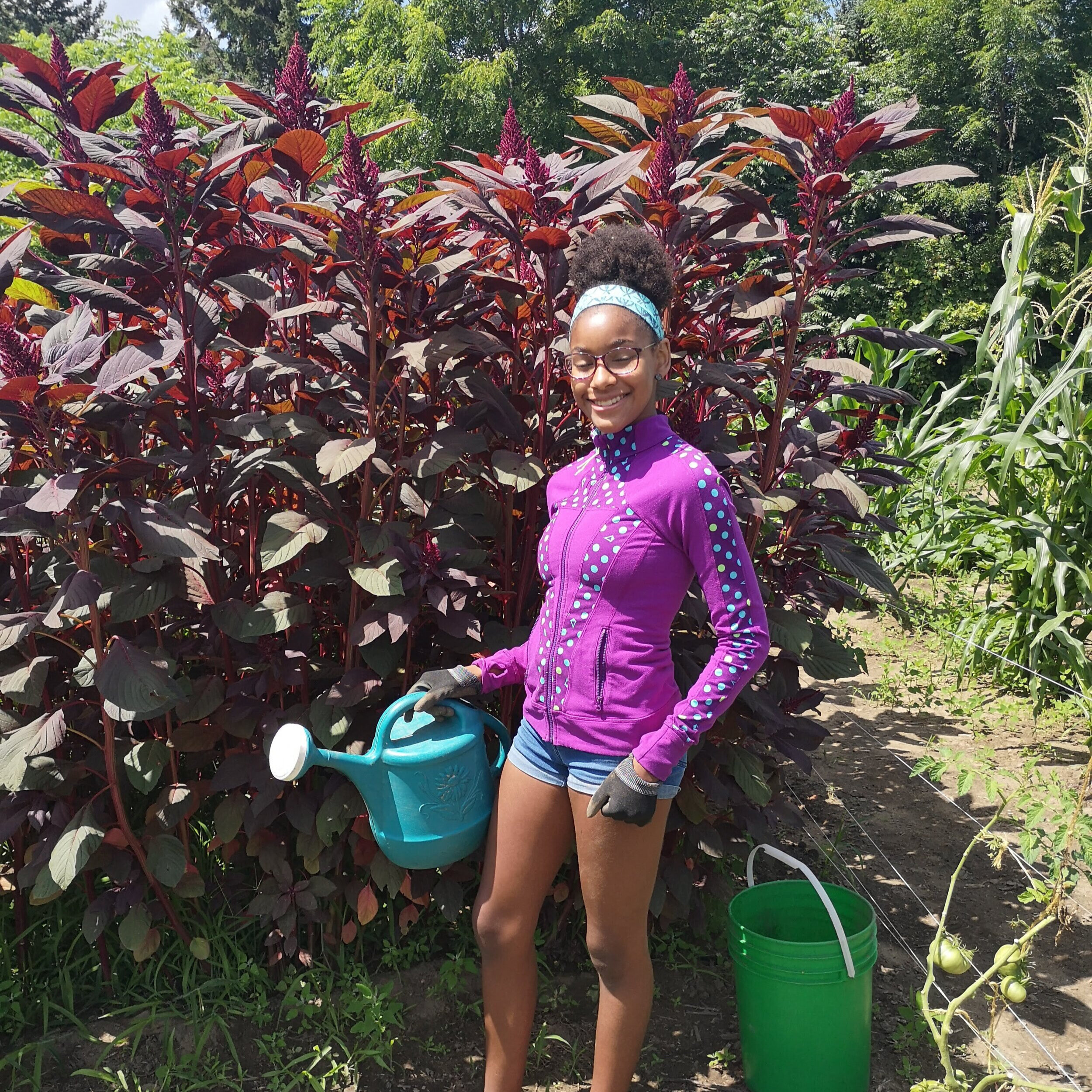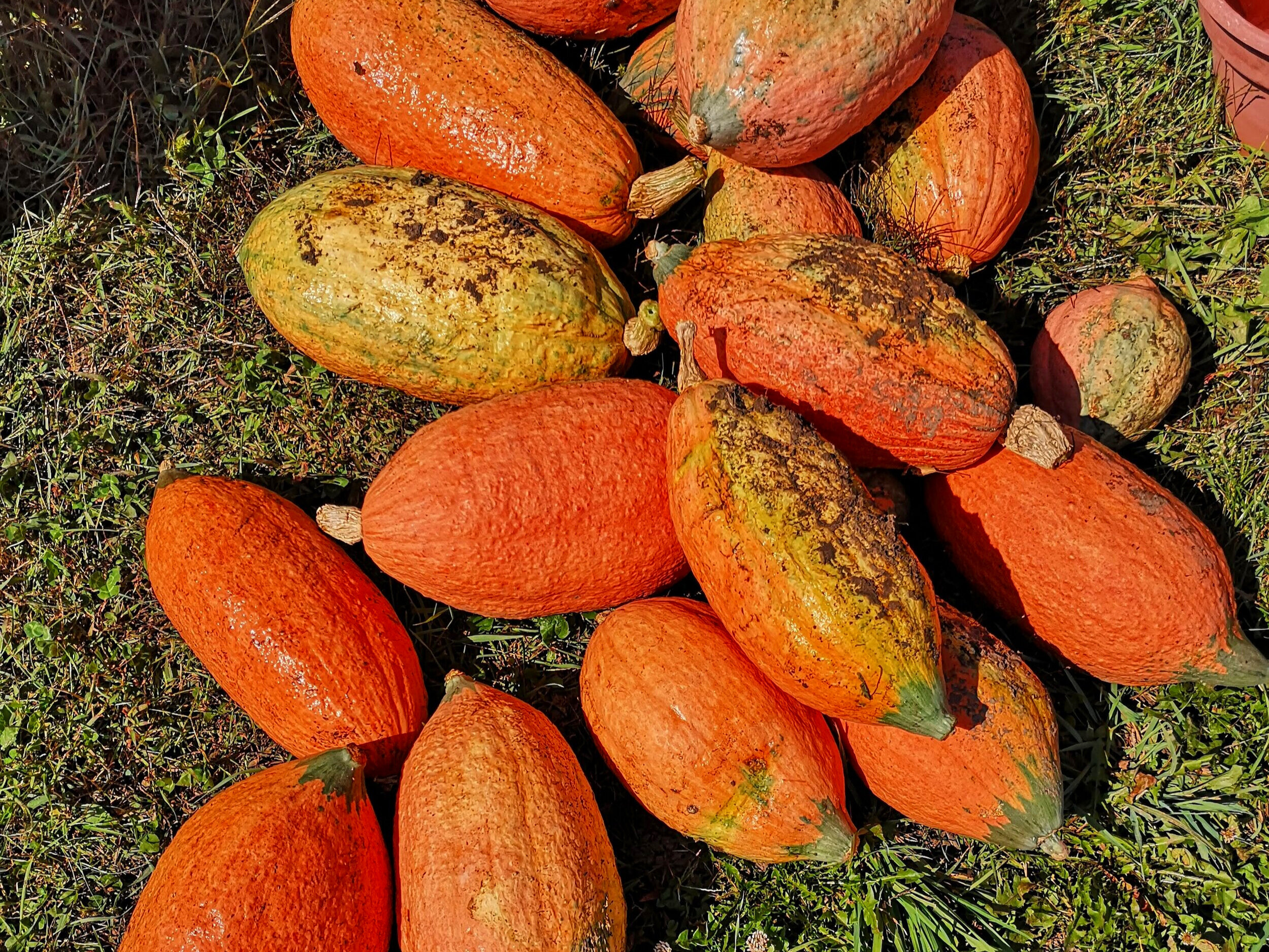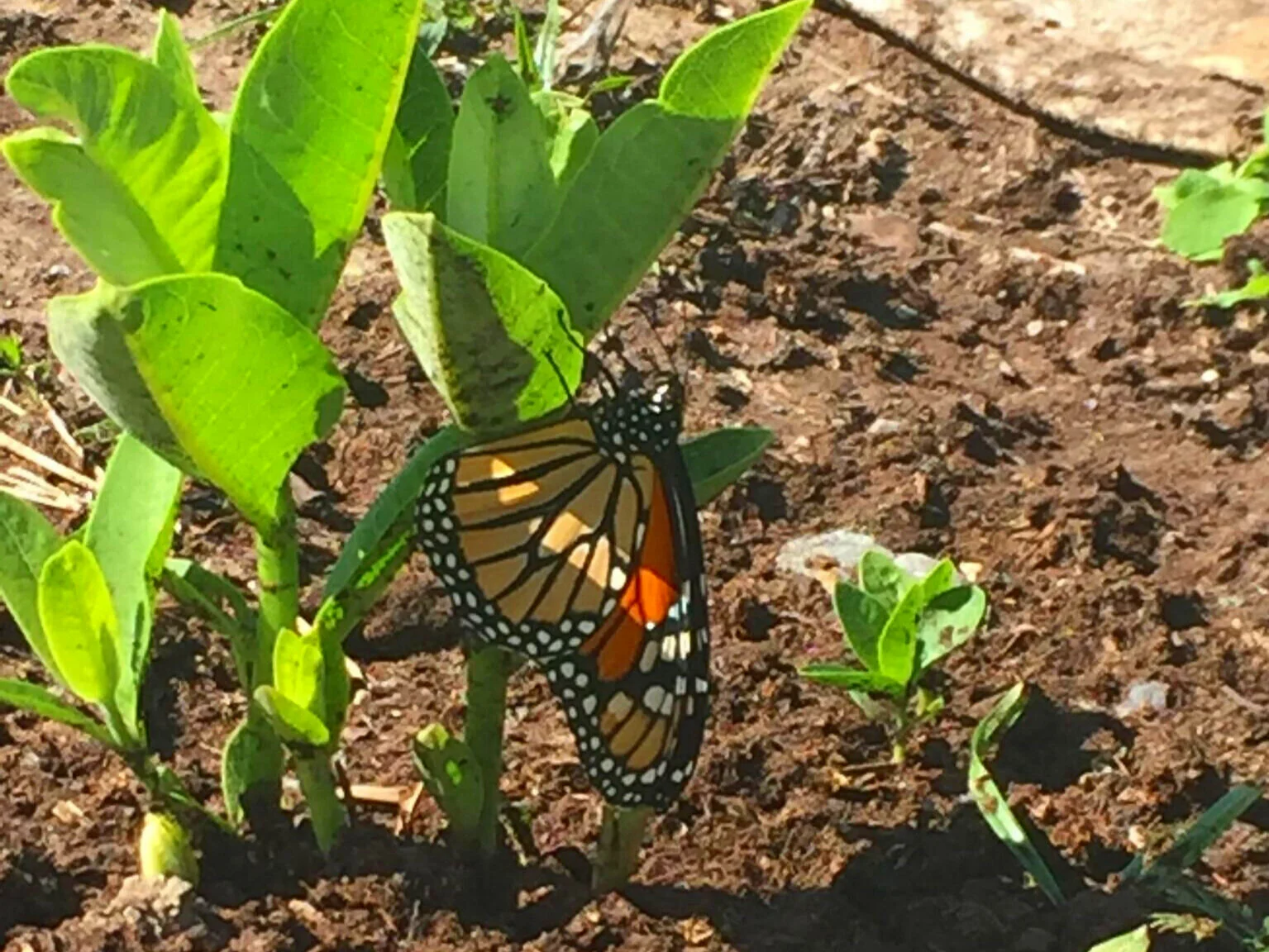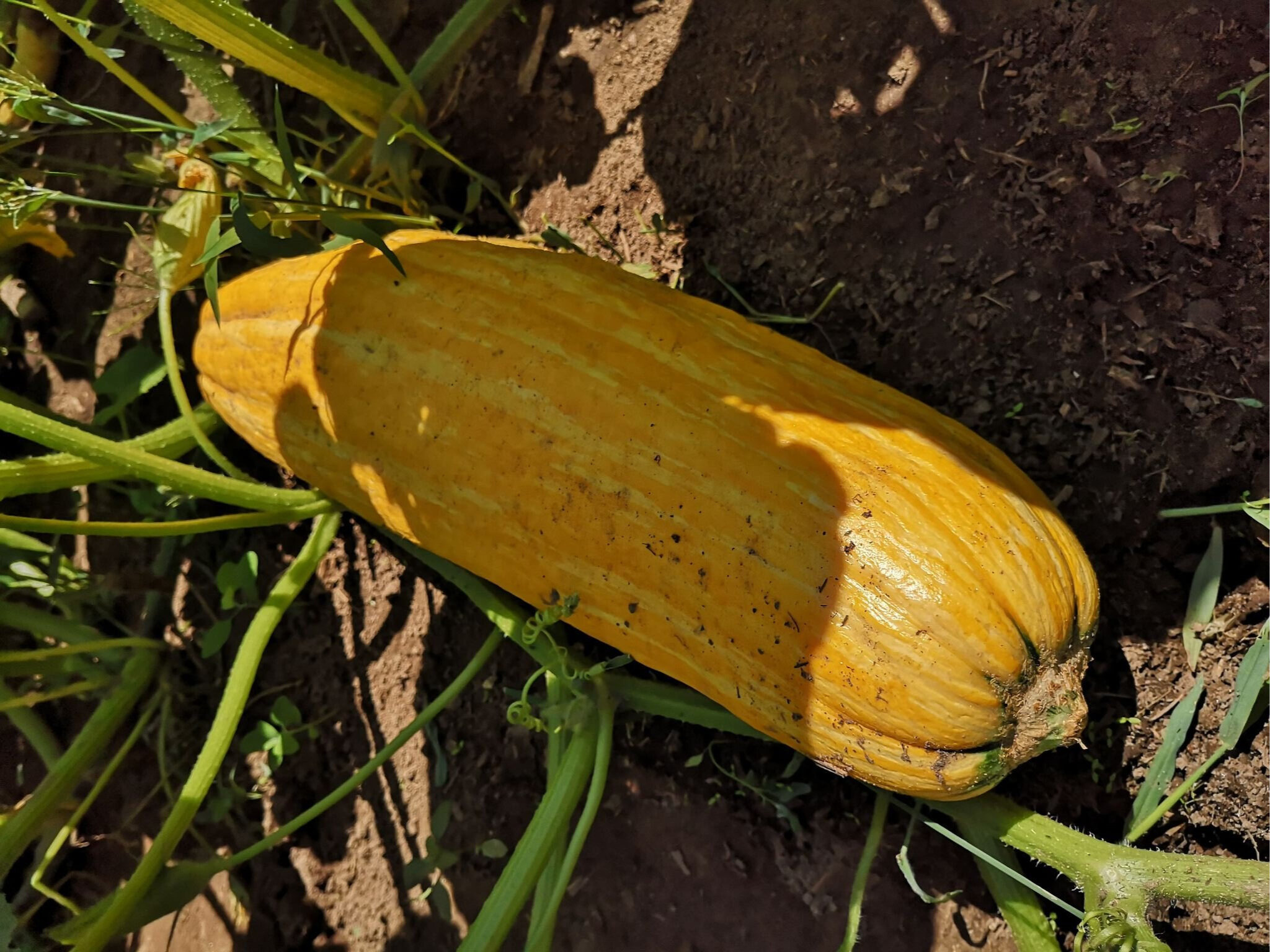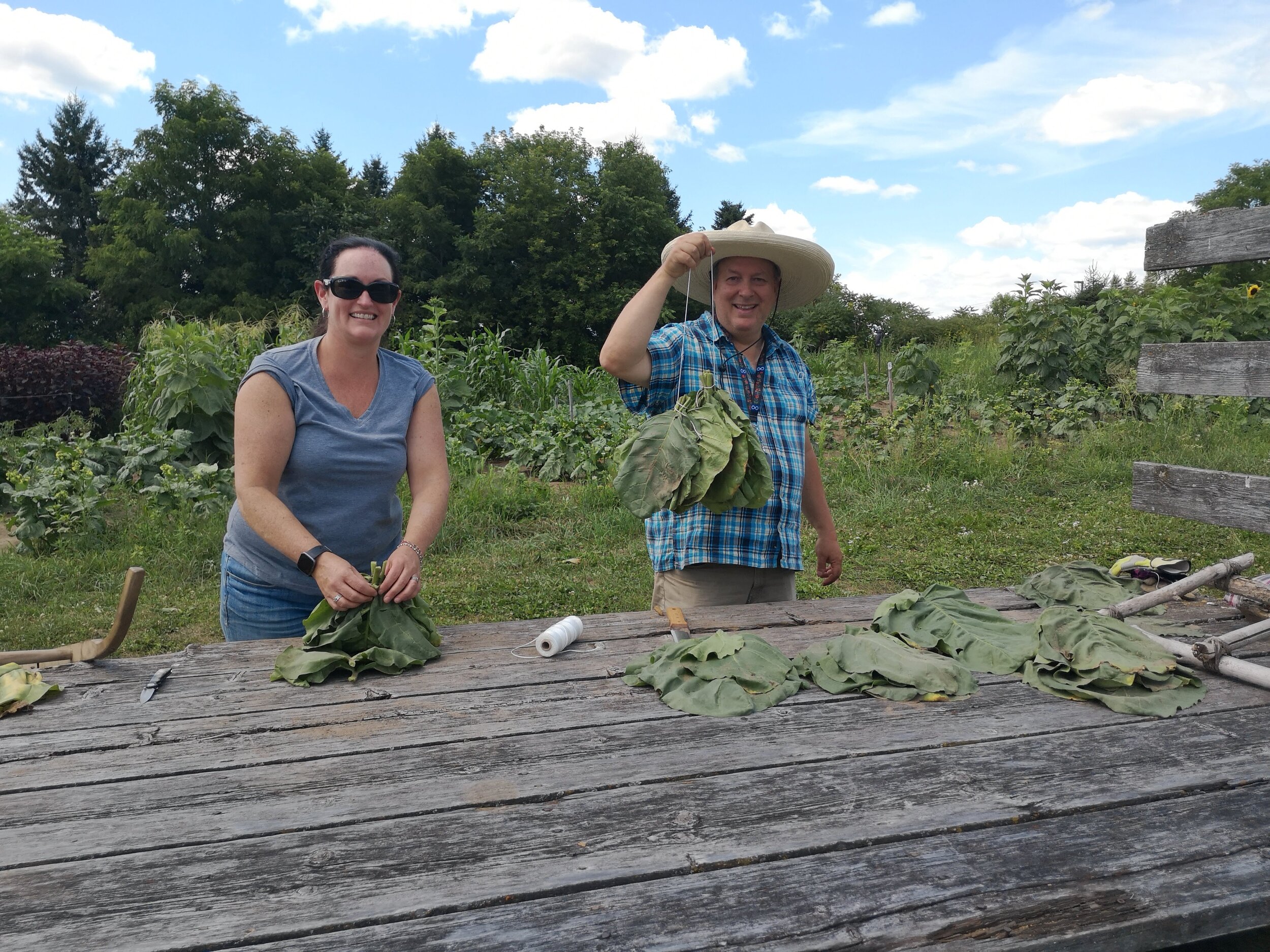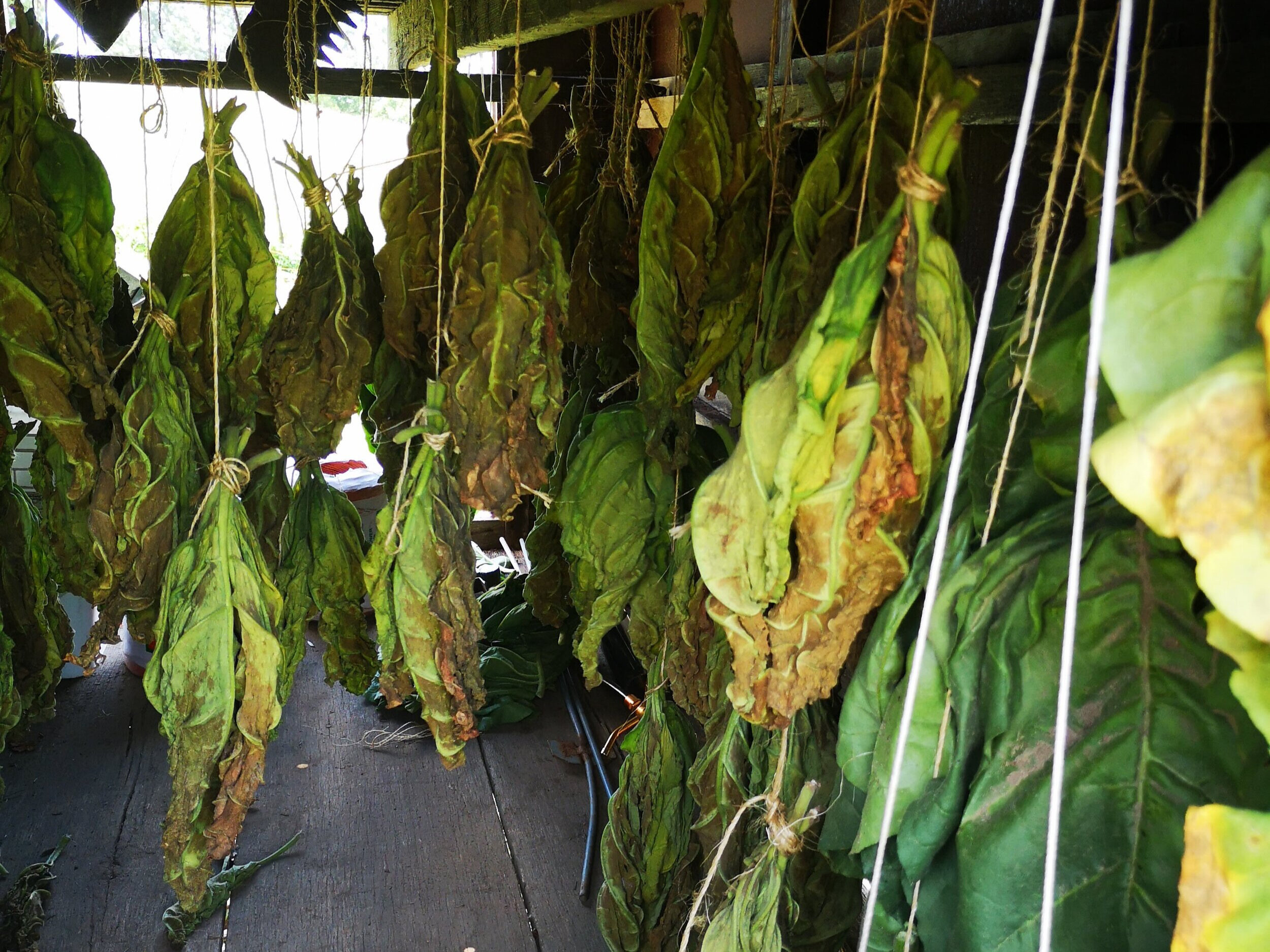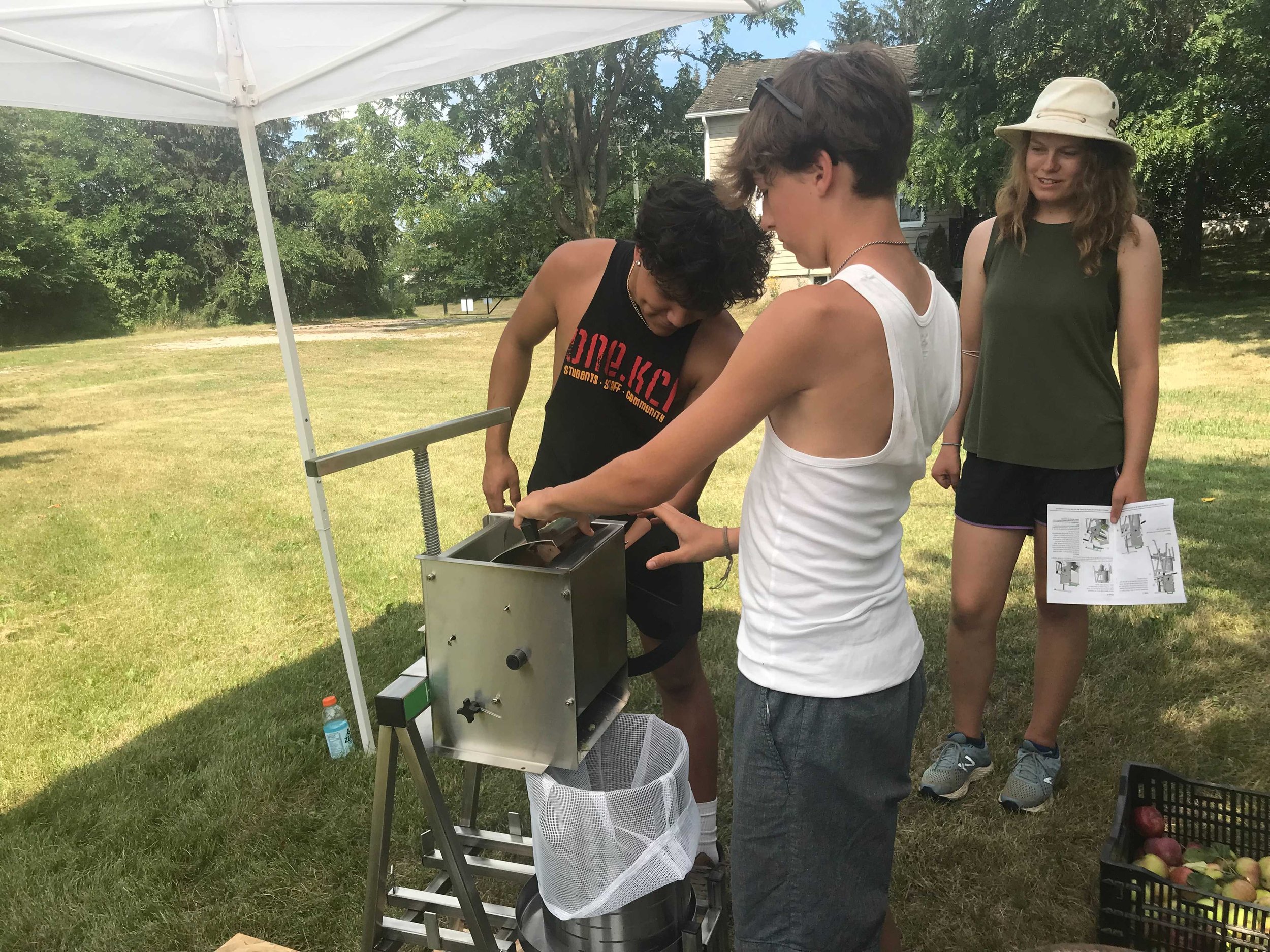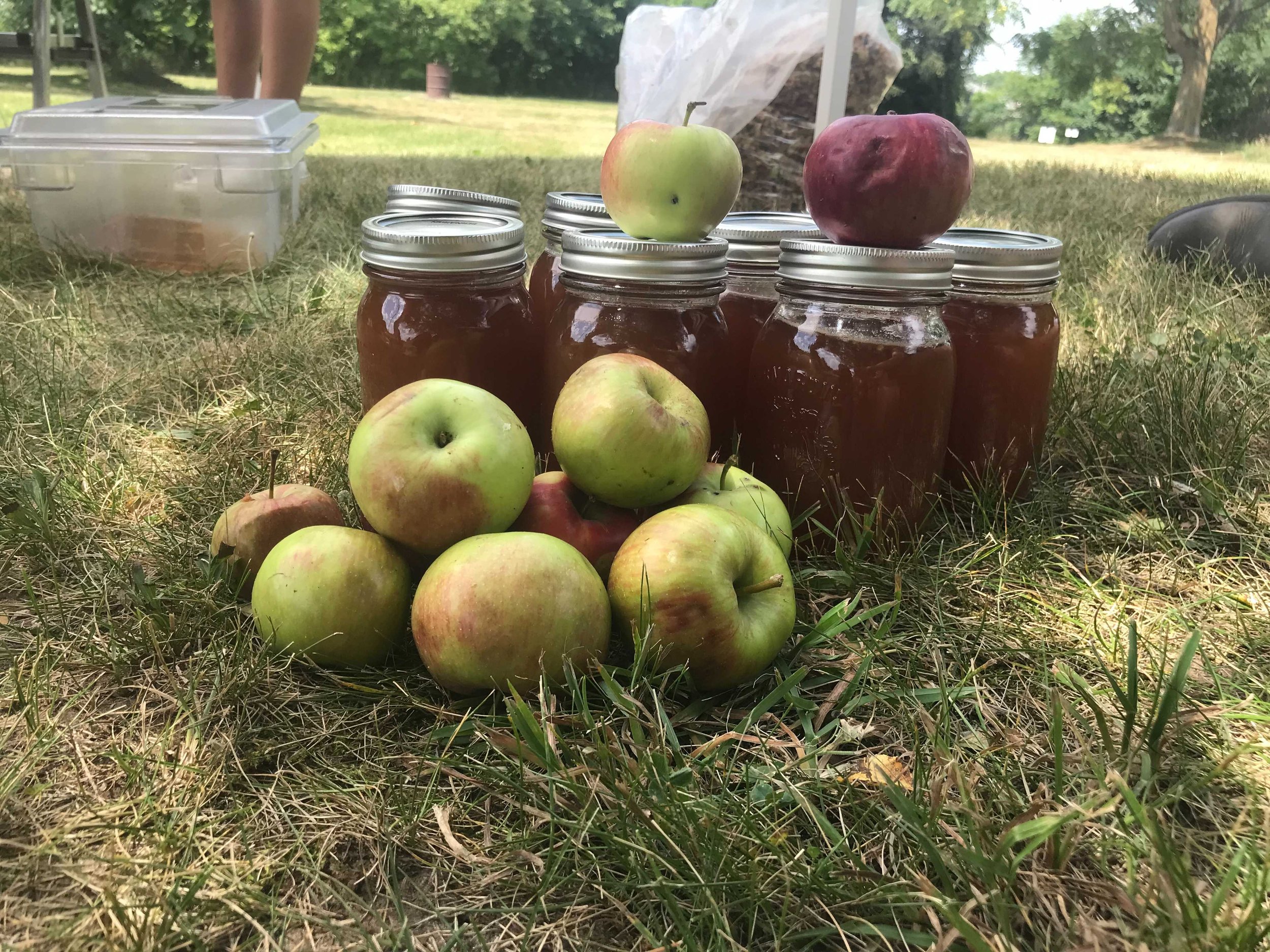
Three Sisters Garden
The Three Sisters garden is located at Steckle Heritage Farm in Kitchener, Ontario. Established in 2017, Wisahkotewinowak has managed a 2500 square-foot plot at this location for the past three years. This is where we primarily grow tobacco, sunflowers, and the three sisters: corns, beans, and squash.
The remaining 10 acres of the original 1820s Steckle farm, where the Three Sisters garden is now located, has long been a gathering place for Indigenous Peoples due to its close proximity to an artisan well. Haudenosaunee longhouses have recently been unearthed nearby. When the farm was established as a non-profit organization in 1988, it became a site for education, teaching youth in the wider urban community about ‘respect for the land and each other’*. One of the gardens planted the first year was a Three Sisters Garden. The farm’s sole occupant at the time, Dr. Jean Steckle, had worked for many years with the federal agency, Medical Services Branch of Health Canada, as a nutrition consultant. In her role, she documented the food practices of many Indigenous communities in northern and southern regions.
Corn has been described as a “cultural centre of Haudenosaunee way of life”. Corn planted with beans and squash, (Three Sisters or Tey’o’nhekwen) as part of the agricultural system of the Haudenosaunee enabled communities to establish roots in their Territories, literally and figuratively. Along with providing food energy, these plants and seeds are referred to collectively as ‘our sustenance’. There are agricultural, physiological and cultural reasons why these foods were grown together. As a cropping system, or polyculture, for example, each plant serves a function. Corn is planted first in raised mounds, to provide a structure for the beans to climb. Beans provide nitrogen to fertilize the soil and the prickly squash vines cover the base of the mound, helping to retain soil moisture and deter pests. This form of mound agriculture takes into account the complementary growth of each plant and provides the best possible conditions for the seeds to thrive. Dried, these foods were easily stored for long periods of time and provided a complement of nutrients, along with teaching cultural concepts of sustainability and interdependence.
*Note: This statement was made in Dr. Jean Steckle’s strategic plan for the farm, titled, “Building Partnerships for Heritage and Environment Education,” which she authored in 1995.
